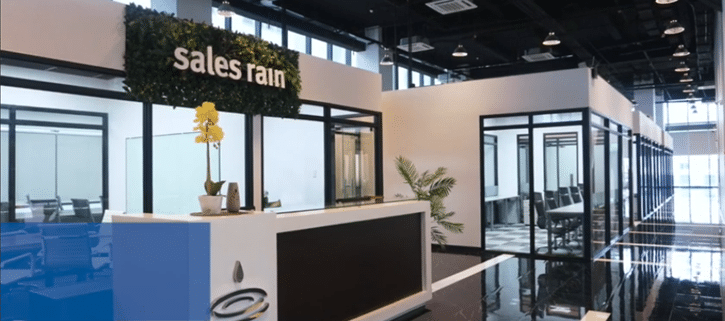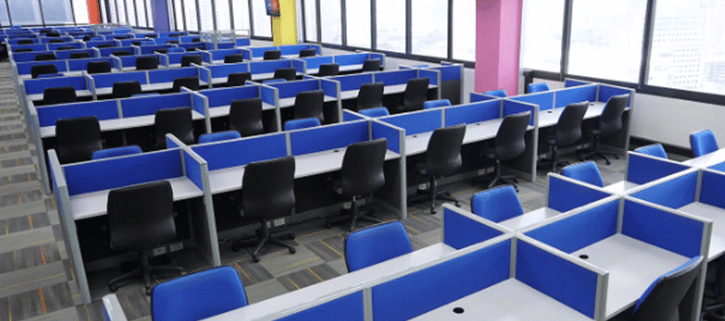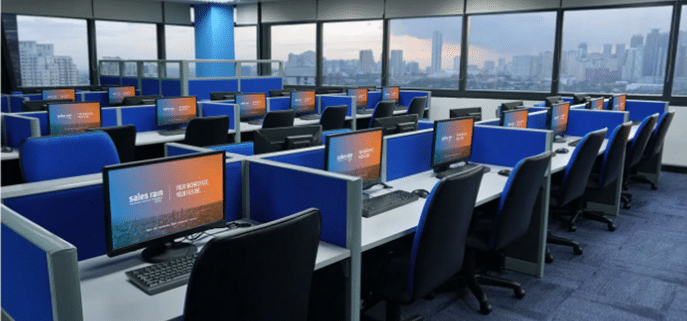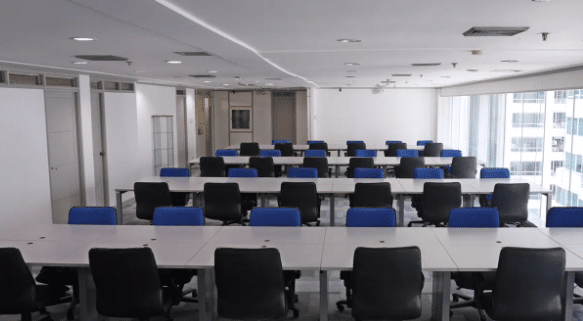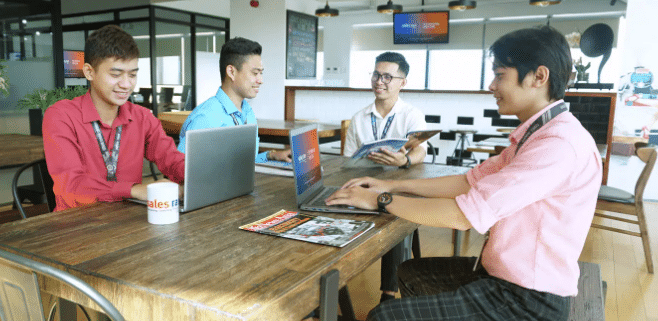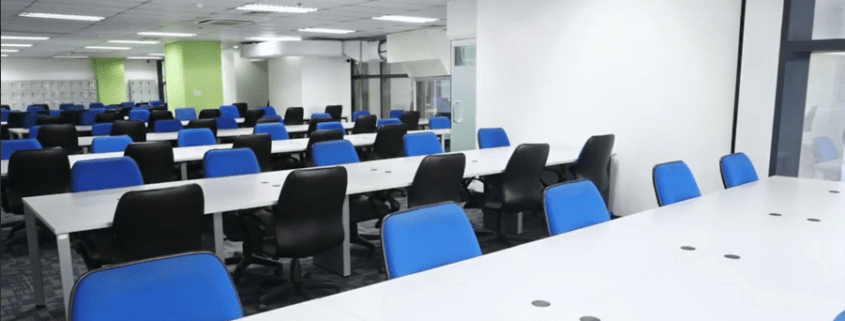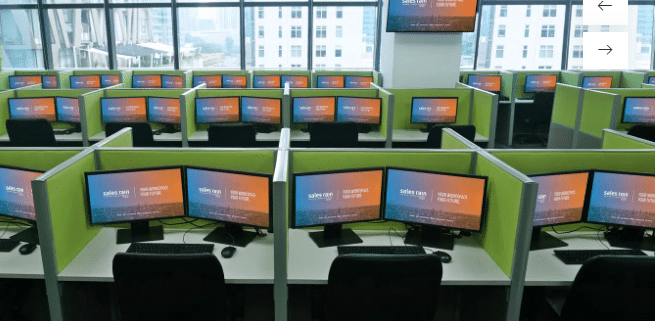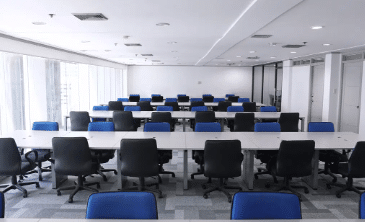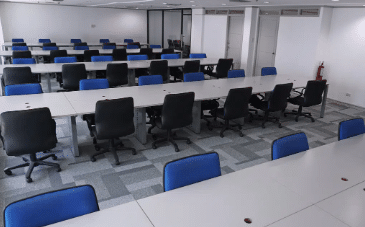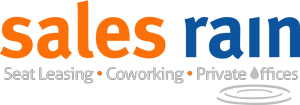The Future of Work: Trends in Offices and Co-working Spaces in BGC
Bonifacio Global City (BGC), located in Metro Manila, Philippines, has become a bustling business district that embraces innovation and fosters a dynamic work environment. As the way we work continues to evolve, so do the trends in offices and co-working spaces in BGC.
Let’s explore and look into these trends.
In this blog, we will explore the future of work and the emerging trends shaping the landscape of co-working spaces and offices in BGC.
- Rise of Co-working Spaces: Co-working spaces have experienced tremendous growth in recent years and have become a prominent feature of BGC’s office landscape. These flexible workspaces offer a range of amenities, including hot desks, dedicated desks, private offices, meeting rooms, and communal areas. Co-working spaces in BGC provide professionals and businesses with a collaborative environment, networking opportunities, and a sense of community.
- Flexibility and Agility: The future of work is characterized by flexibility and agility. Businesses embrace flexible office solutions to adapt to changing needs and market dynamics. In BGC, offices for rent offer flexible lease terms and customizable spaces. It allows companies to scale up or downsize their office footprint based on evolving requirements, promoting cost efficiency and operational agility.
- Integration of Technology: Technology plays a pivotal role in the future of work. Offices and co-working spaces in BGC are incorporating advanced technologies to enhance productivity, collaboration, and connectivity. High-speed internet, video conferencing facilities, intelligent meeting rooms, and digital tools are standard features in modern workspaces. These technologies enable seamless communication and empower businesses to thrive digitally.
- Emphasis on Wellness and Well-being: The well-being of employees is a growing priority for businesses. Offices and co-working spaces in BGC are focusing on creating environments that promote wellness and work-life balance. Features such as ergonomic furniture, natural lighting, fitness facilities, relaxation areas, and wellness programs are being incorporated to support workers’ physical and mental well-being.
- Sustainability and Green Initiatives: With increasing awareness of environmental issues, sustainable practices are gaining importance in the workplace. Offices and co-working spaces in BGC are adopting green initiatives to minimize their ecological footprint. Energy-efficient lighting, waste management systems, recycling programs, and green building certifications are becoming critical considerations for businesses seeking sustainable workspaces.
- Collaborative Spaces and Community Building: Collaboration and community are at the heart of the future of work. Offices and co-working spaces in BGC are designed to foster interaction and collaboration among professionals from diverse industries. Open-plan layouts, communal areas, networking events, and knowledge-sharing platforms create opportunities for collaboration, idea exchange, and business growth.
- Hybrid Work Models: The COVID-19 pandemic has accelerated the adoption of remote and hybrid work models. Offices and co-working spaces in BGC are adapting to this shift by offering hybrid work solutions that cater to in-person and remote work needs. Flexible seating arrangements, remote work support, virtual meeting capabilities, and advanced IT infrastructure are being integrated to accommodate the changing work dynamics.
- Enhanced Amenities and Services: Offices and co-working spaces in BGC are constantly evolving to provide enhanced amenities and services beyond traditional workspaces. Flexible spaces and curated networking opportunities create an enriching and holistic work experience.
As the future of work unfolds, BGC remains at the forefront of embracing these trends and shaping the modern workplace. With its vibrant business ecosystem, innovative infrastructure, and wide range of office and co-working space options, BGC continues to attract businesses seeking a dynamic and collaborative environment.
Elevate Your Work Experience: Unleash the Future of Work
Flexibility, technology integration, well-being focus, sustainability, collaboration, and adaptability characterizes the future of work in BGC. As businesses navigate the evolving work landscape, offices, co-working spaces and BGC office space for rent provide the ideal platform to thrive in the changing world of work. Embrace these trends, explore the options available, and unlock the potential of your business in the future of work in BGC.
Ignite your workspace and make a lasting impact! Contact us at https://salesrain.com/contact-us/ and experience the difference.

